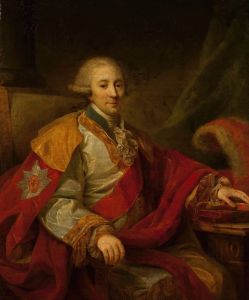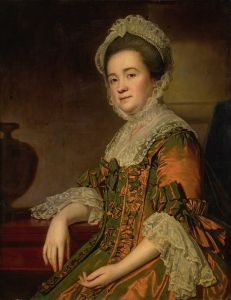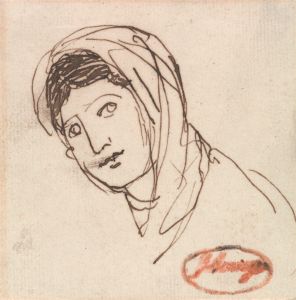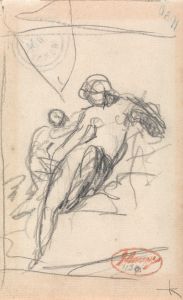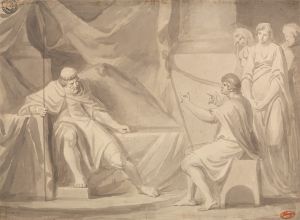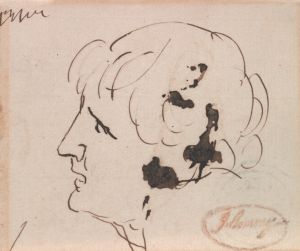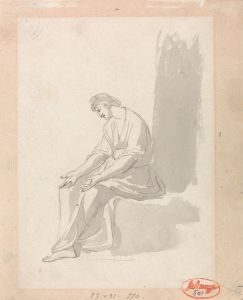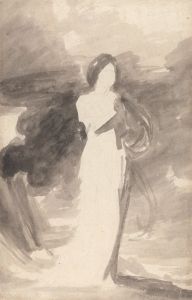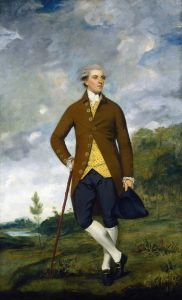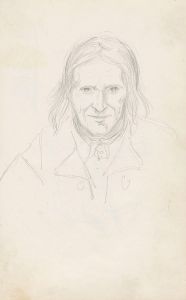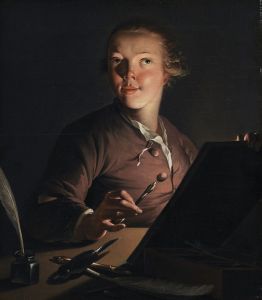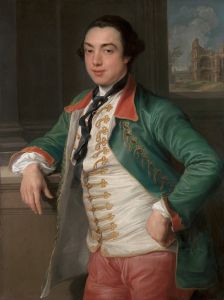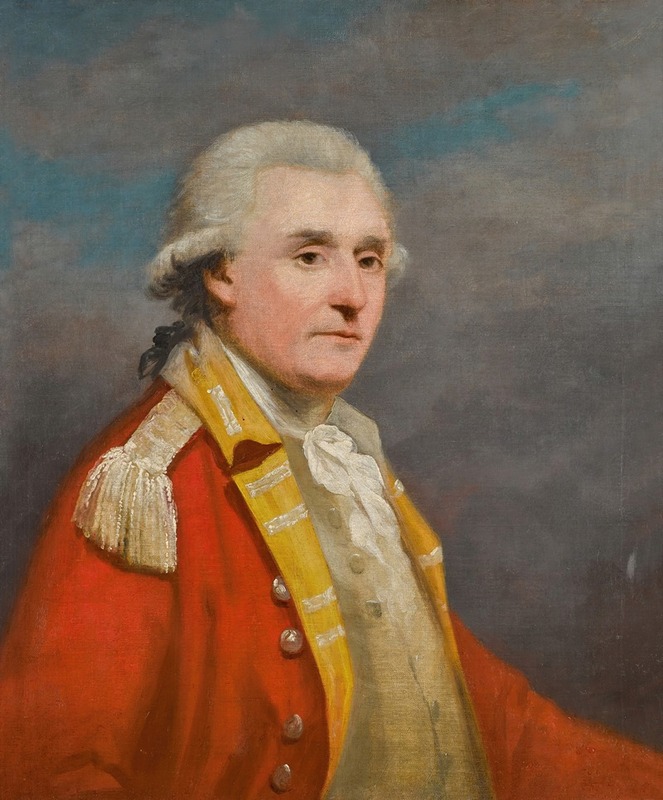
Portrait of a gentleman
A hand-painted replica of George Romney’s masterpiece Portrait of a gentleman, meticulously crafted by professional artists to capture the true essence of the original. Each piece is created with museum-quality canvas and rare mineral pigments, carefully painted by experienced artists with delicate brushstrokes and rich, layered colors to perfectly recreate the texture of the original artwork. Unlike machine-printed reproductions, this hand-painted version brings the painting to life, infused with the artist’s emotions and skill in every stroke. Whether for personal collection or home decoration, it instantly elevates the artistic atmosphere of any space.
George Romney was an eminent English portrait painter in the late 18th century, known for his vivid and expressive portraits. One of his works, "Portrait of a Gentleman," exemplifies his skill in capturing the character and elegance of his subjects. Although specific details about this particular painting are limited, it is representative of Romney's broader oeuvre, which often focused on the British upper class and notable figures of his time.
Romney was born in 1734 in Dalton-in-Furness, Lancashire, and he began his artistic career as an apprentice to a cabinet maker before studying under the portrait painter Christopher Steele. He eventually moved to London, where he established himself as a leading portraitist, rivaling contemporaries such as Sir Joshua Reynolds and Thomas Gainsborough. Romney's style was characterized by its graceful compositions, attention to detail, and the ability to convey the personality of his sitters.
"Portrait of a Gentleman" would likely have been commissioned by a member of the British gentry or aristocracy, as was common with Romney's clientele. His portraits were sought after for their flattering yet realistic depictions, often capturing the fashion and sensibilities of the period. Romney's ability to portray the subtleties of expression and the nuances of character made his works highly desirable among the elite.
The painting would typically feature a male subject, dressed in the attire befitting his social status, possibly set against a neutral or elegantly simple background that emphasizes the figure. Romney's use of light and shadow would enhance the three-dimensionality of the subject, bringing a lifelike presence to the canvas. His brushwork, while precise, often included softer edges that contributed to the overall harmony and balance of the composition.
Romney's portraits were not just about physical likeness but also about capturing the essence of the individual. This approach resonated with the Enlightenment ideals of the time, which emphasized reason, individualism, and a deeper understanding of human nature. As such, "Portrait of a Gentleman" would reflect these values, presenting the sitter as a person of intellect and refinement.
Throughout his career, Romney painted many notable figures, including Emma Hamilton, who became his muse and the subject of numerous works. However, "Portrait of a Gentleman" remains one of the many examples of his ability to immortalize the British elite of his era.
Romney's legacy as a portrait painter is significant, and his works continue to be studied and admired for their artistic merit and historical importance. While specific information about "Portrait of a Gentleman" may be scarce, it undoubtedly shares the qualities that define Romney's contributions to the art of portraiture. His paintings are housed in various collections, including the National Portrait Gallery in London and other prestigious institutions, where they continue to be appreciated by art historians and the public alike.






